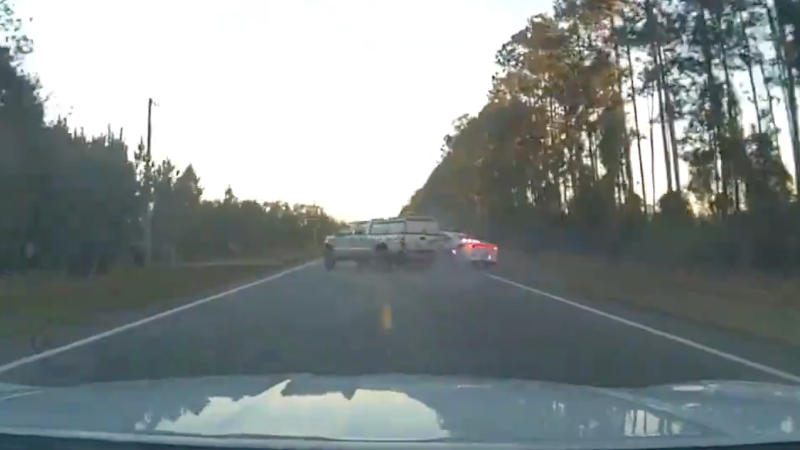
The cost of remedying the problem could exceed the cost of the 2021 infrastructure bill
One in four American households have soil in their backyards in excess of EPA safe guidelines, according to a new study. The EPA recently lowered its recommended screening levels for lead in residential soil by half, from 400 to 200 parts per million.
The financial costs of addressing this contamination are potentially vast. Experts believe it could cost between $290 billion and $1.2 trillion. For comparison, that’s more than the 2021 infrastructure bill.
Researchers looked at over 15,000 soil samples collected by regular people in their neighborhoods, and analyzed them for lead concentrations.
Samples from Chicago fared particularly badly, with 53% of household soils exceeding the new 200 parts per million guideline. Indianapolis and Burlington, Vermont also showed very high levels of contamination, with 37% and 24% of samples above the new guideline.
Regional variations may be explained by factors such as industrial history, the age of housing stock and past use of leaded gasoline.
If the cost of systematic remediation is likely to prove prohibitive, the researchers advocate a much simpler method: capping contaminated soil with fresh uncontaminated soil.
“Even the act of covering polluted soil with clean soils will permanently dilute the lead concentration of the total soil profile if soil perturbation occurs,” one of the study authors explains.
“Lead is the most easily solvable problem that we have. We know where it is, and we know how to avoid it. It’s just a matter of taking action.”
Government Contractor Exposes Planning of Profitable Lethal Injections



